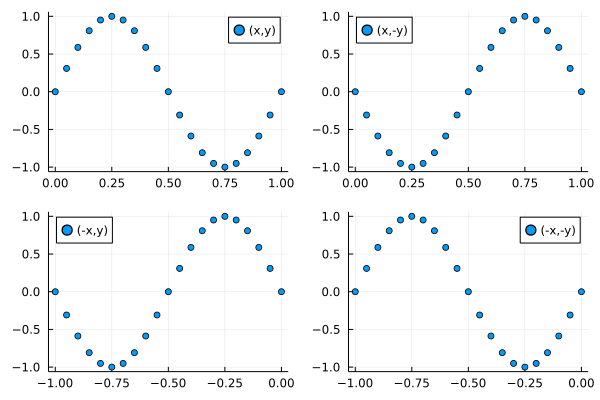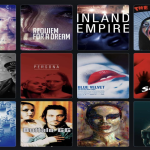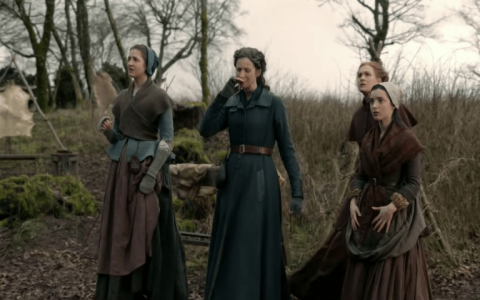Okay, so today I wanted to mess around with making some subplots in Julia. I’d heard a bit about Julia, mainly that it’s pretty good for number crunching and data stuff, so I figured I’d give it a shot. Plus, I saw online that it’s supposed to be kinda easy to pick up, which is always a bonus.
Getting Started
First things first, I had to get Julia installed. I found this guide online that walked me through it step-by-step. I’m on a Mac, so I followed those instructions. It wasn’t too bad, just downloaded the file and clicked through the installer. For Linux, it looked like you could do it through the terminal, which is pretty standard.
After it was installed, I opened up the Julia app. It launched this terminal-looking thing called a REPL, which I guess is where you can type in commands and see what happens right away. This is kind of cool because you can test out little bits of code without having to write a whole program. This also means that I can try it out by double-clicking or just running it on the command line. That is to say, it is easy to start.

Diving into Subplots
Now for the fun part – subplots. I’ve used these before in other languages, and they’re super handy when you want to show a bunch of different graphs together. Like, you might have a big plot showing some overall trend, and then smaller plots zoomed in on certain parts. Or maybe you just want to compare different datasets side-by-side.
I found some examples online for a library called Plotly, which seems to be a popular choice for making graphs in Julia. Their examples showed how to make subplots, and it didn’t look too complicated. I’ll play around with this later, see if I can get different plots on the same canvas, maybe even one big plot with little ones inside it, like a zoom feature.
First Impressions
So far, Julia seems pretty neat. Installing it was straightforward, and the REPL thing is cool for experimenting. It’s designed to be easy to use, and I’m pretty quick to write. The examples I found for making subplots with Plotly were easy enough to follow, so I’m feeling good about being able to get this working. I might check out some more tutorials later. I saw some that talked about more advanced stuff like parallel computing, which could be interesting down the road.
Overall, it’s been a smooth start. I’m excited to play around with Julia some more and see what else I can do with it. Maybe I’ll even try to use it for some real data analysis. I could start an interactive session, also known as a read-eval-print loop or REPL, by double-clicking the Julia executable or running it. These will help me learn and experiment with it. For now, I’m happy I got the subplots figured out. It’s always satisfying when you get something working, especially when it’s in a new language. All right, that’s it for today’s coding adventure. Time to go grab some coffee and relax for a bit.










